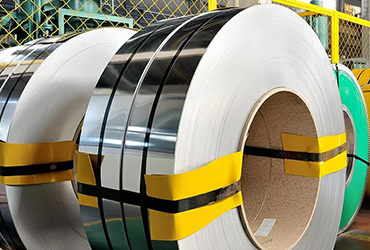



Due to its excellent corrosion resistance, high strength and attractive appearance, stainless steel sees a wide range of uses across both industrial and consumer markets.
But how does stainless steel go from a pile of scrap or refined ores to its final shape and application?
Most stainless steel starts life in a similar manner before heading off to processing. This processing—along with the exact composition of the steel alloy—determine its many characteristics.
So to understand how stainless steel is produced, we must first dive into its composition.
Stainless steel is an iron and chromium alloy.
While stainless must contain at least 10.5% chromium, the exact components and ratios will vary based on the grade requested and the intended use of the steel.
Other common additives include:
The exact composition of an alloy is strictly measured and assessed throughout the alloying process to ensure the steel exhibits the required qualities.
The common reasons to add other metals and gasses to a stainless steel alloy include:
What’s in your stainless steel isn’t the only factor in determining its unique characteristics however…
How it’s made will further alter the steel’s properties.